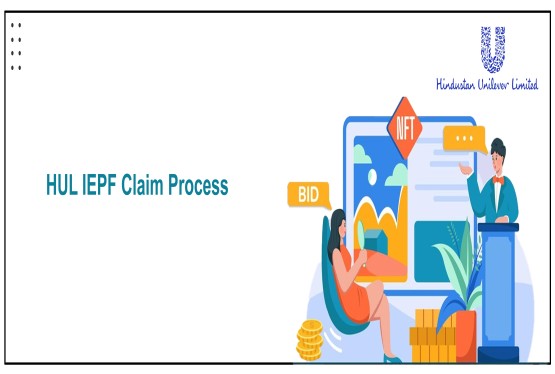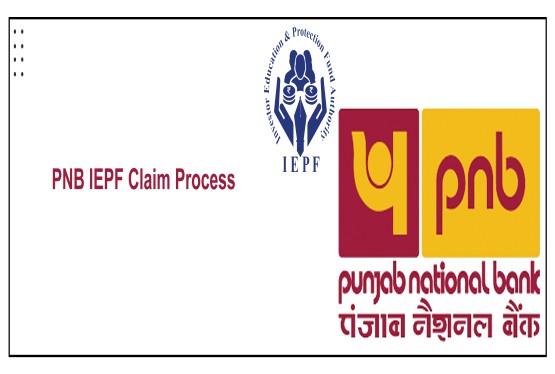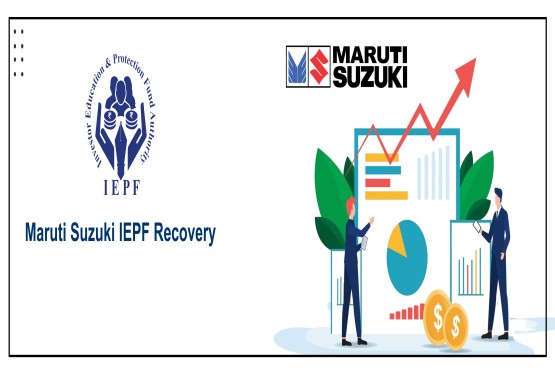Unclaimed Dividends refer to dividend payments declared by a company that shareholders have not claimed within a specified period. These dividends are typically left unclaimed for various reasons, such as shareholders not cashing their dividend cheques, providing incorrect bank account details, or failing to update their contact information.
In the context of Indian regulations, unclaimed dividends are subject to the following process:
-
Transfer to Unclaimed Dividend Account: If shareholders do not claim their dividends within a certain period, usually within 30 days of declaration, the company transfers the amount to an "Unclaimed Dividend Account."
-
Transfer to IEPF: If the dividends remain unclaimed for seven consecutive years from the date of declaration, they are transferred to the Investor Education and Protection Fund (IEPF), as per the Companies Act, 2013.
-
Claiming from IEPF: Shareholders can reclaim their unclaimed dividends from the IEPF by submitting a request to the IEPF Authority along with relevant documents, such as the proof of ownership and identity.
Why are dividends left unclaimed?
Dividends may be left unclaimed for several reasons, which include:
-
Change of Address: Shareholders may have moved to a new address without updating their contact details with the company, leading to the non-receipt of dividend cheques or other dividend communications.
-
Inactivity of Shareholder: Some shareholders may be inactive or may not be closely monitoring their investments, leading to unclaimed dividends.
-
Incorrect Bank Account Details: If a shareholder has provided incorrect or outdated bank details, their dividend payments cannot be credited directly into their account.
-
Death of Shareholder: If a shareholder passes away and is not informed to the company or updating their nominee details, the dividend payments may remain unclaimed.
-
Unawareness: Shareholders may not be aware of the dividends declared, especially in cases of companies that don’t provide adequate communication about dividend declarations.
-
Minor Shareholders: Dividends for shares held by minors might be left unclaimed, as minors cannot claim dividends directly. The legal guardian must claim it on their behalf.
-
Non-activation of Dividend Bank Mandate: If shareholders haven't activated the bank mandate for automatic credit of dividends, they might not receive the dividend payments.
-
Corporate Restructuring or Mergers: In case of mergers, acquisitions, or demergers, dividend payments may be delayed or lost in the transition if not properly managed.
-
Delayed or Withheld Dividends: Companies may sometimes withhold or delay dividend payments due to issues like financial problems, pending approvals, or legal disputes.
-
Non-Encashment: Shareholders may not encash their dividend warrants or cheques, leaving them unclaimed.
Unclaimed dividends are typically transferred to a company's Unclaimed Dividend Account after a certain period, and if still unclaimed for a specified period (usually seven years), they are transferred to the Investor Education and Protection Fund (IEPF) in India.
Step-by-step guide on how to claim the unclaimed dividends
Check Eligibility
-
The dividend must have remained unclaimed for a period of seven years from the date of its declaration.
-
The amount must have been transferred to the Investor Education and Protection Fund (IEPF).
Ensure the Shares are in Your Name
- To claim the unclaimed dividends, ensure that the shares are in your name and you are the rightful owner. If the shares are held in the name of a deceased person, you must have the proper legal documentation to claim the dividend (e.g., a legal heir certificate, will, or succession certificate).
Visit the IEPF Website
- Visit the official IEPF website (https://www.iepf.gov.in/content/iepf/global/master/Home/Home.html).
Fill the IEPF Claim Form
Download and fill the IEPF-5 form (Application for Claim of Refund from Investor Education and Protection Fund).
-
The form requires information such as shareholder details, company details, and the amount of unclaimed dividends.
-
You will need to provide the Permanent Account Number (PAN), bank account details, dividend warrant details, and shareholding details.
Prepare Supporting Documents
You will need to attach the following documents to your IEPF claim form:
-
Self-attested copy of PAN card.
-
Self-attested copy of Aadhar card.
-
Original dividend warrant(s) or bank statement reflecting dividend payments.
-
Proof of identity (Aadhar, Passport, etc.).
-
Bank details (cancelled cheque or passbook copy).
-
Shareholding details (e.g., copy of Share Certificate or demat account statement).
-
Proof of transfer of shares (if applicable), such as a transmission form (if the shareholder is deceased).
Submit the Claim Form
- Submit the filled IEPF-5 form and all the supporting documents to the IEPF Authority through the online portal and send the physical hard copies to the nodal officer of the company.
Verification Process
-
After submission, the IEPF Authority will verify the details provided in the form and documents.
-
This process may take time, so ensure all information is correct to avoid delays.
Acknowledge Receipt
- Upon successful verification, you will receive an acknowledgment from the IEPF authority.
Refund of Unclaimed Dividend
- After verification, the IEPF Authority will process your claim and, if everything is in order, release the unclaimed dividend amount directly into your bank account.
You can also track the status of your claim application with the SRN through the IEPF portal.
Important Points
-
No Fees: The process of claiming the unclaimed dividend from IEPF is free of charge.
-
In Case of Deceased Shareholder: Legal heirs or nominees can file the claim on behalf of a deceased shareholder. A succession certificate or legal heir certificate is necessary in such cases.











































































_crop10_thumb.jpg)


































































_crop10_thumb.jpg)
_crop10_thumb.jpg)



_crop10_thumb.jpg)


_crop10_thumb.jpg)





_crop10_thumb.jpg)

_crop10_thumb.jpg)














-suratgujarat-section-158_crop10_thumb.jpg)
-suratgujarat_crop10_thumb.jpg)
-(33)_crop10_thumb.jpg)



-ahmedabad_crop10_thumb.jpg)
-learn_crop10_thumb.jpg)

-learnn_crop10_thumb.jpg)


























































_crop10_thumb.jpg)























_Guidelines_learn_crop10_thumb.jpg)























_learn_crop10_thumb.jpg)
_crop10_thumb.jpeg)










_crop10_thumb.jpg)




_Second_Amendment_Rules,_2025_learn_crop10_thumb.jpg)







_learn_crop10_thumb.jpg)












































_learn_crop10_thumb.jpeg)

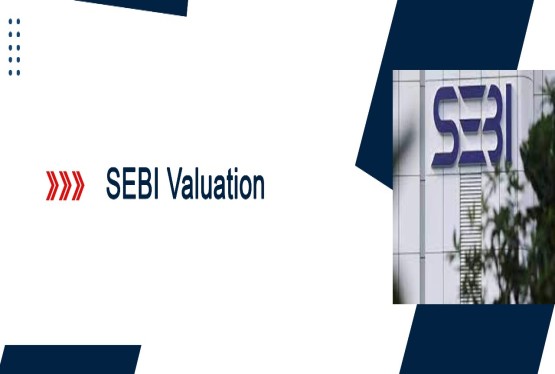






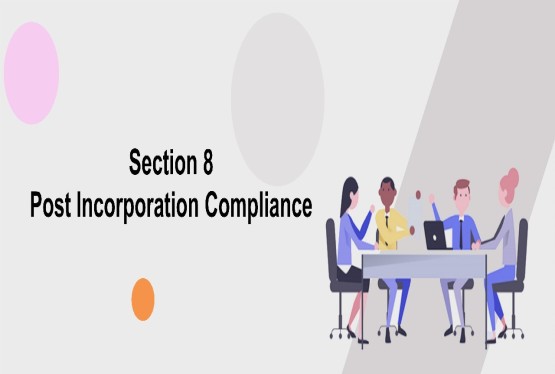
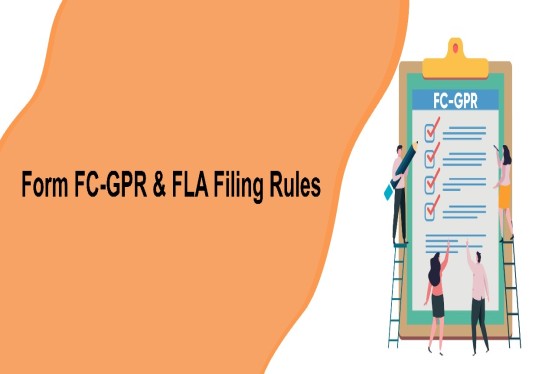













_learn_crop10_thumb.jpg)



_rd_roc_learn_crop10_thumb.jpg)




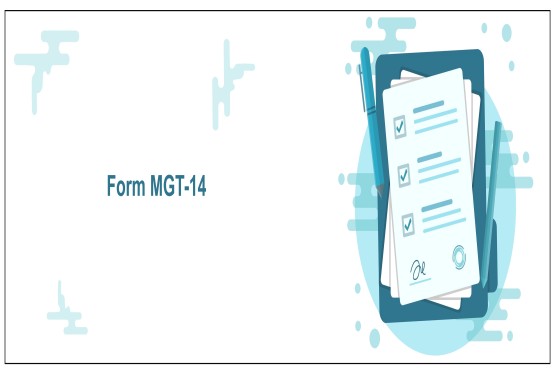

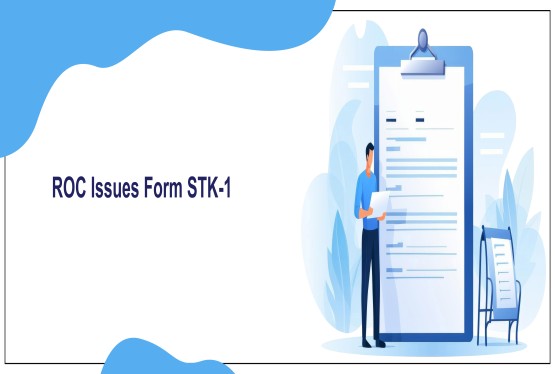









_learn_crop10_thumb.jpg)














_learn_crop10_thumb.jpg)
_Learn_crop10_thumb.jpg)





